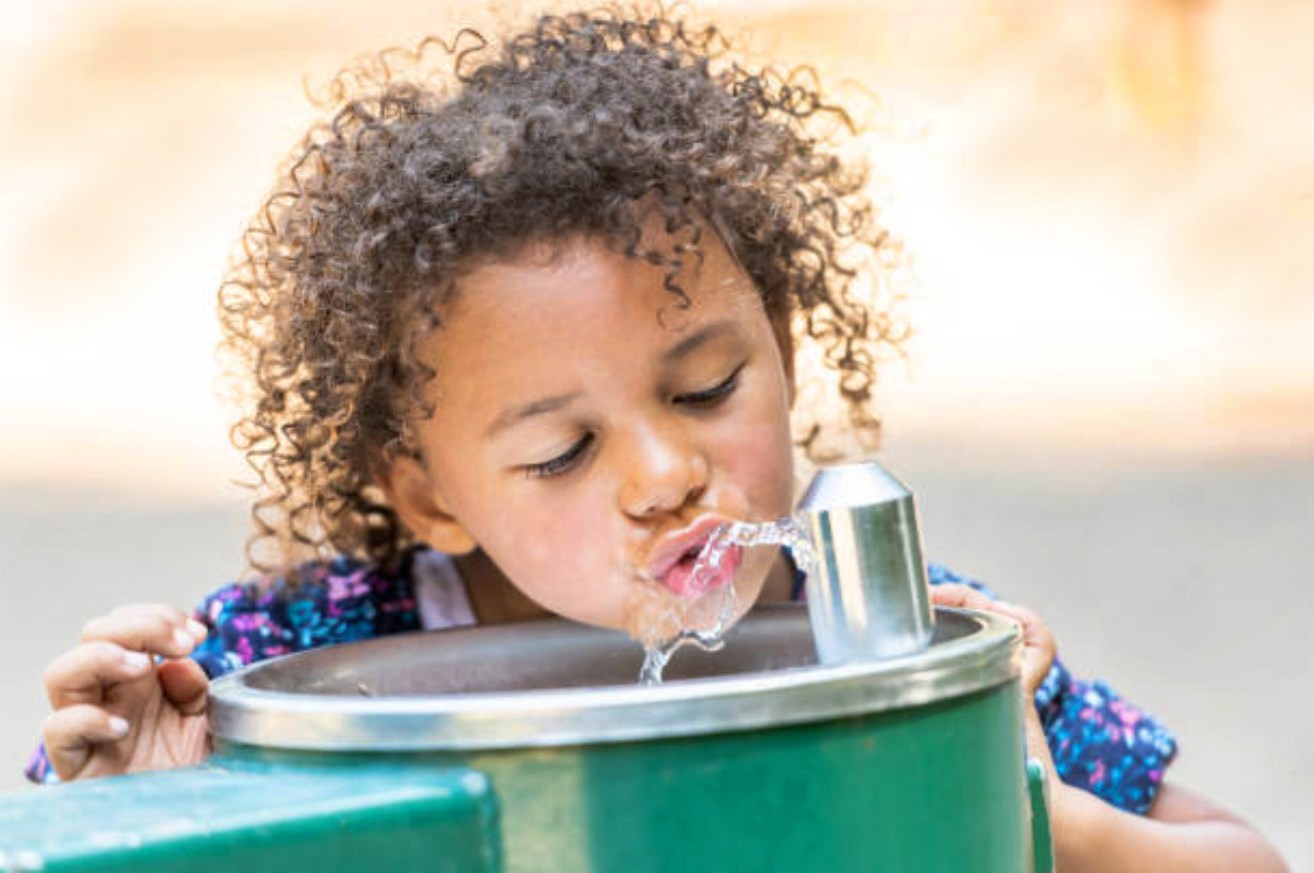Drinking Water
Understanding Great Lakes drinking water from source to tap
Measuring what matters:
Shared goals for drinking water
The Great Lakes provide drinking water for over 40 million people in the United States and Canada. The region benefits from its abundance of freshwater; however, that water is not immune from threats. Through Blue Accounting, water professionals around the Great Lakes basin are considering opportunities for maintaining and improving access to safe, clean drinking water, from source to tap.
What we do
Building from the work of a pilot Blue Accounting issue focused on source water protection, an expanded work group was convened in 2021 to focus on drinking water in the Great Lakes basin. This work group was divided into four teams to cover different aspects of the drinking water issue: source water, water treatment, water distribution, and water access. Blue Accounting provides curated information for decision–makers to understand the issues facing drinking water in the Great Lakes and some of the potential actionable options to move forward.
What we measure
For drinking water, Blue Accounting reports relevant data on goals and metrics identified by the drinking water work group, including the prevalence of source water protection plans, trends in water treatment violations, and status of policies related to reducing or eliminating lead in drinking water.

